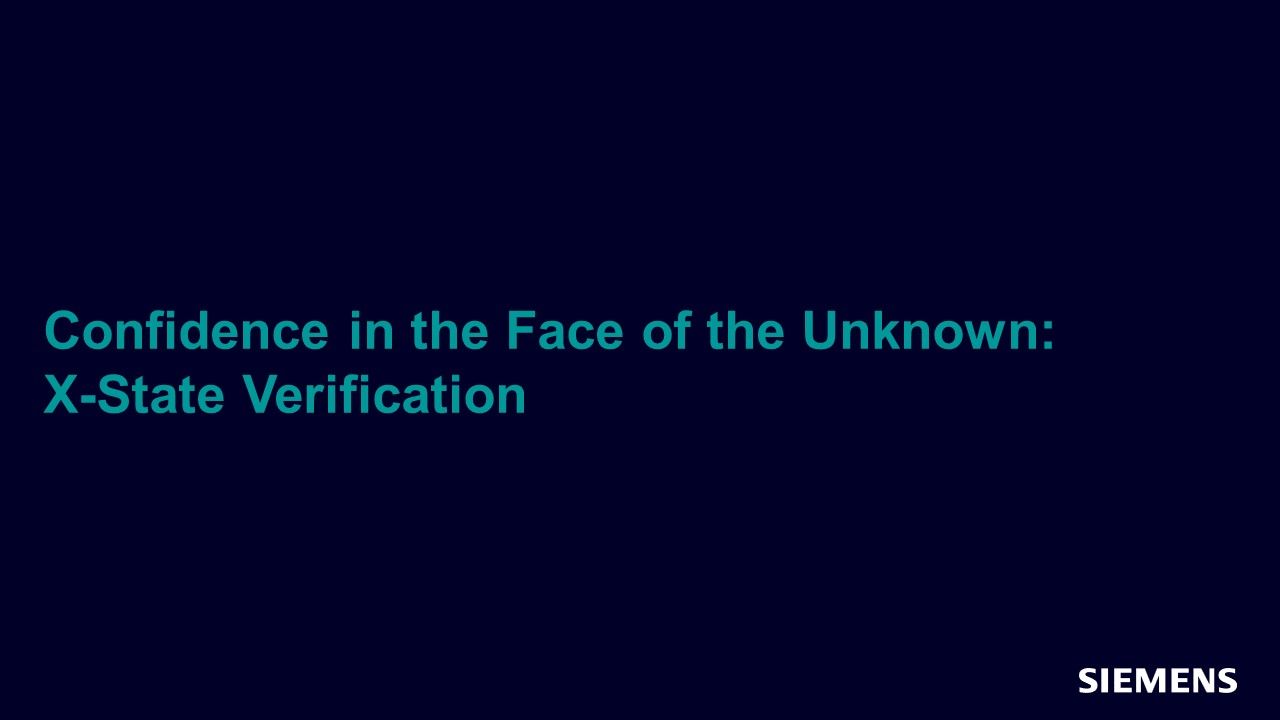Confidence in the Face of the Unknown: X-state Verification
Unknown signal values in simulation are represented as X-state logic levels, while the same X-states are interpreted as don't care values by synthesis. This can result in the hazardous situation where silicon behaves differently than what was observed in simulation. Although the general awareness of X-state issues among designers is good, gotchas remain a risk that traditional verification flows are not well equipped to guard against.

Full-access members only
Register your account to view Confidence in the Face of the Unknown: X-state Verification
Full-access members gain access to our free tools and training, including our full library of articles, recorded sessions, seminars, papers, learning tracks, in-depth verification cookbooks, and more.